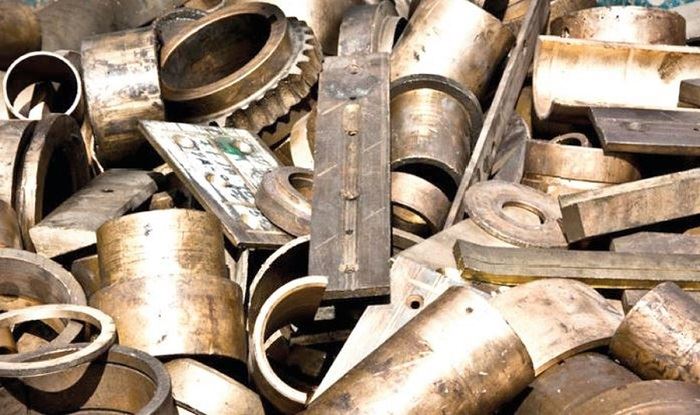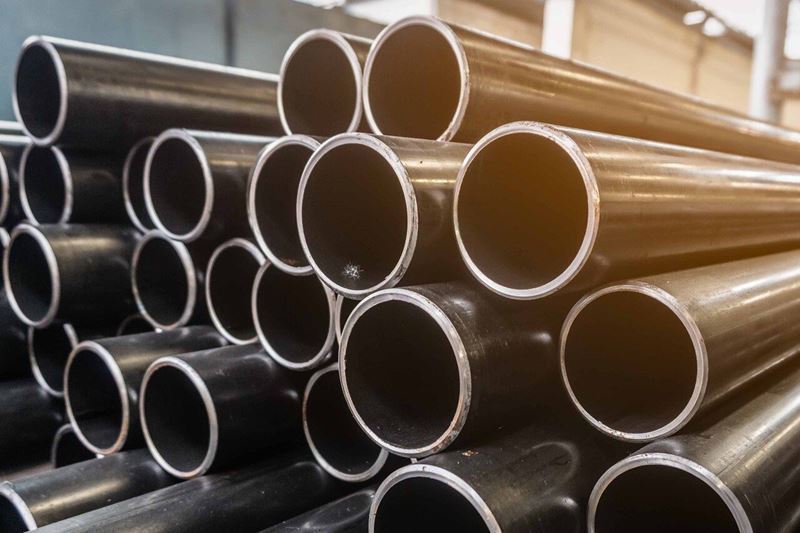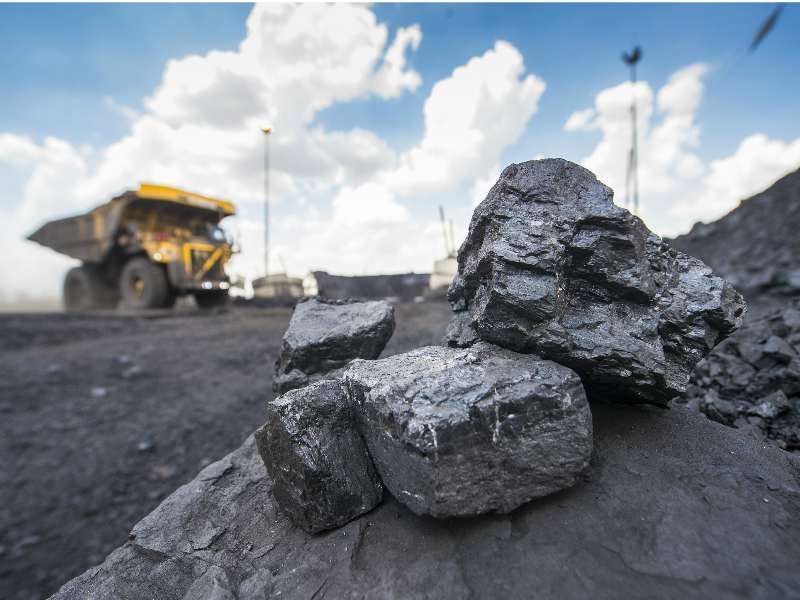Global consumption of scrap iron in 2024 has decreased by 2% compared to 2023, reaching 603 million tons. This decline coincides with a 0.9% drop in global crude steel production and is influenced by factors such as weak steel demand, lower prices for finished products, and low profit margins for factories worldwide.
According to reports from Steel Iran, the most significant reduction in scrap consumption has been observed in Japan, South Korea, Russia, Mexico, Taiwan, and Canada. In contrast, countries such as the European Union, India, Turkey, Brazil, and Vietnam have seen an increase in consumption, although this increase has not been enough to offset the overall decline. China has also faced a slight decrease of 0.4% in scrap consumption, while the United States has maintained stable consumption levels.
Issues in the housing sector in China have led to a reduction in steel demand, and consequently, a decrease in scrap consumption. In the European Union, increased steel production due to stability in the automotive and machinery sectors has led to higher scrap consumption. The United States, with relatively stable steel production, has kept its scrap consumption at a steady level. India has seen a significant 6% increase in scrap consumption due to rising steel production and strong demand in the construction and automotive sectors. In Japan, reduced demand in the automotive and machinery sectors, along with a labor shortage in construction, has led to a drop in steel production and, consequently, a decrease in scrap consumption. Turkey, due to strong export demand for steel and increased production, has seen a rise in scrap consumption. Russia, affected by trade sanctions and decreased domestic demand, has experienced a reduction in steel production and scrap consumption. South Korea, facing weak steel demand, high energy costs, and reduced exports, has seen a significant drop in scrap consumption. Brazil, with government support and strong infrastructure demand, has experienced a substantial increase in steel production and scrap consumption. Finally, Mexico, due to reduced demand from the automotive and construction sectors in the United States, has faced a significant drop in scrap consumption.
It is predicted that the downward trend in scrap consumption will continue in the first half of 2025. However, a significant improvement is expected in the second quarter of 2025 with increased activity in the infrastructure and automotive sectors. Furthermore, the global effort to decarbonize the steel industry will play a key role in increasing scrap consumption in the future. On a national level, it is expected that China may face a possible decline in steel production, while the European Union and the United States are likely to increase their scrap consumption. Japan and South Korea may continue to face decreased consumption, but India, due to strong market fundamentals and increased steel production, will likely see an increase in consumption.











Comments
No comment yet.